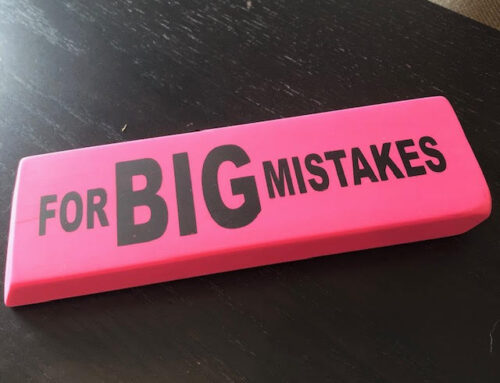Canadians jumped for joy in celebrating our heroic figure skating team’s gold-winning performance at the 2018 PyeongChang Olympics.
The team’s exceptional performance encapsulated years of hard work and deliberate skill development. One of the skills these figure skaters, along with all other elite performers, have mastered is the ability to manage pressure when working together.
Tessa and Scott’s pre-skate ritual
Olympian veterans, Tessa Virtue and Scott Moir, rely on a simple, yet critical pre-skate ritual to calm their nerves. They hug.
But this is so much more than a friendly embrace. The duo, who consider each other business partners, talk about “the hug” (as it is officially known by their coaches, trainers and other support staff) as a way to pause, slow down and synchronize their breathing. Scott said, “Since what we do is so much about connection and unison, being on the same page is so essential, we don’t leave it up to chance.” Tessa added: “Following a particular set of steps or procedure will put you in the right mindset to perform.” After the hug, Tessa and Scott step on the ice for another winning performance.
Connections are important
We know people crave connections in the workplace. Connecting with others is as fundamental a human need as food, shelter and water according to Matthew Lieberman, author of Social: Why our brains are wired to connect. Other research identifies strong connections as a key quality of high-performance teams.
The Google Oxygen study identified the behaviours embraced by its most effective managers. Connecting with team members was entwined with several of the top qualities (including expressing interest in and concern for team members’ success and personal well-being). “Leadership today is about unlearning management and relearning being human” said Javier Pladevall, CEO of Volkswagen Audi Retail in Spain.
On the contrary, productivity drops when we don’t feel connected at work. For example, employees who dislike their bosses take an average of 15 more sick days per year than other workers. They also work more slowly and raise their hand to volunteer less often.
How can we connect more?
Clearly, as leaders, we want to foster connections across our team. This prompts the question: what is the best way to do this?
I’m not suggesting leaders hug their team (this may cross the line), but we can still find other ways to connect with our team. Taking time to slow down, listen and engage with our colleagues can lower stress. Self-awareness, compassion and selflessness also help leaders connect with their team in more powerful ways.
The more we connect with one another, the more we will all find reasons to join hands and leap in celebration. I think the Canadian figure skating team would be proud.
Related reading: Olympic inspiration: Knitting under pressure







Leave A Comment